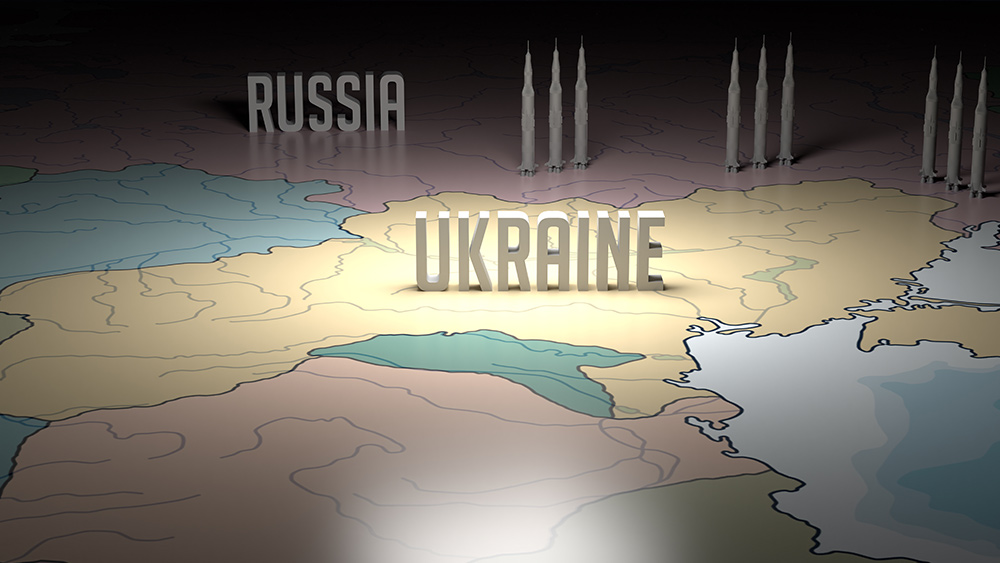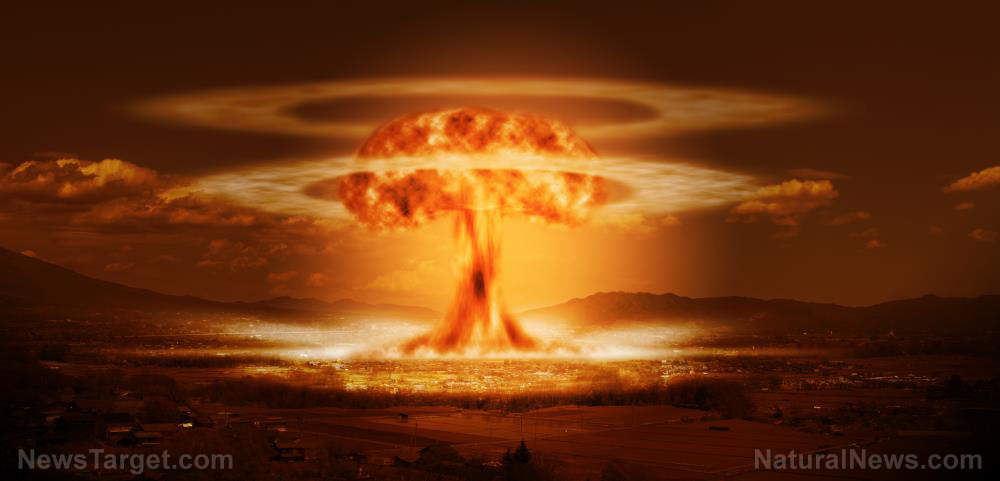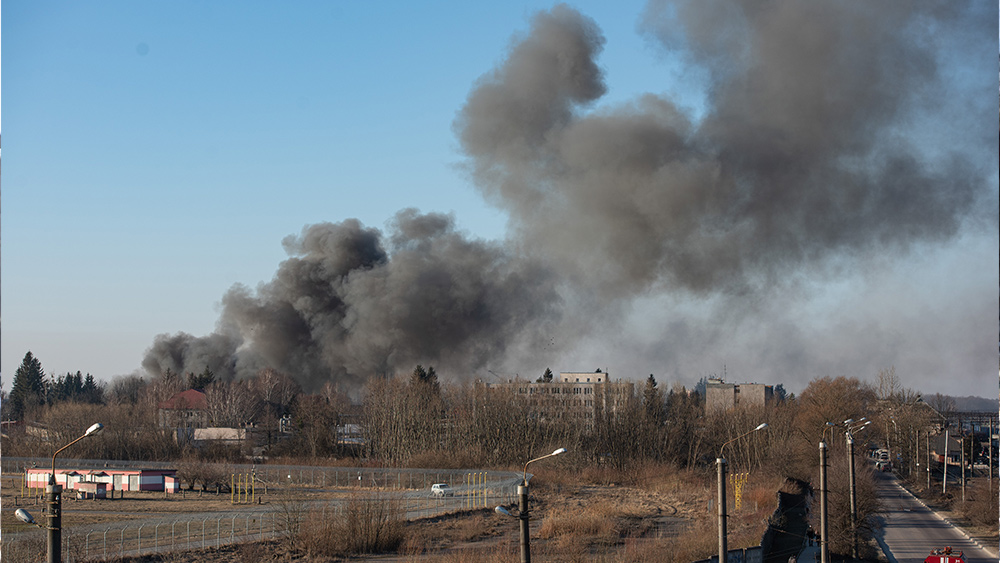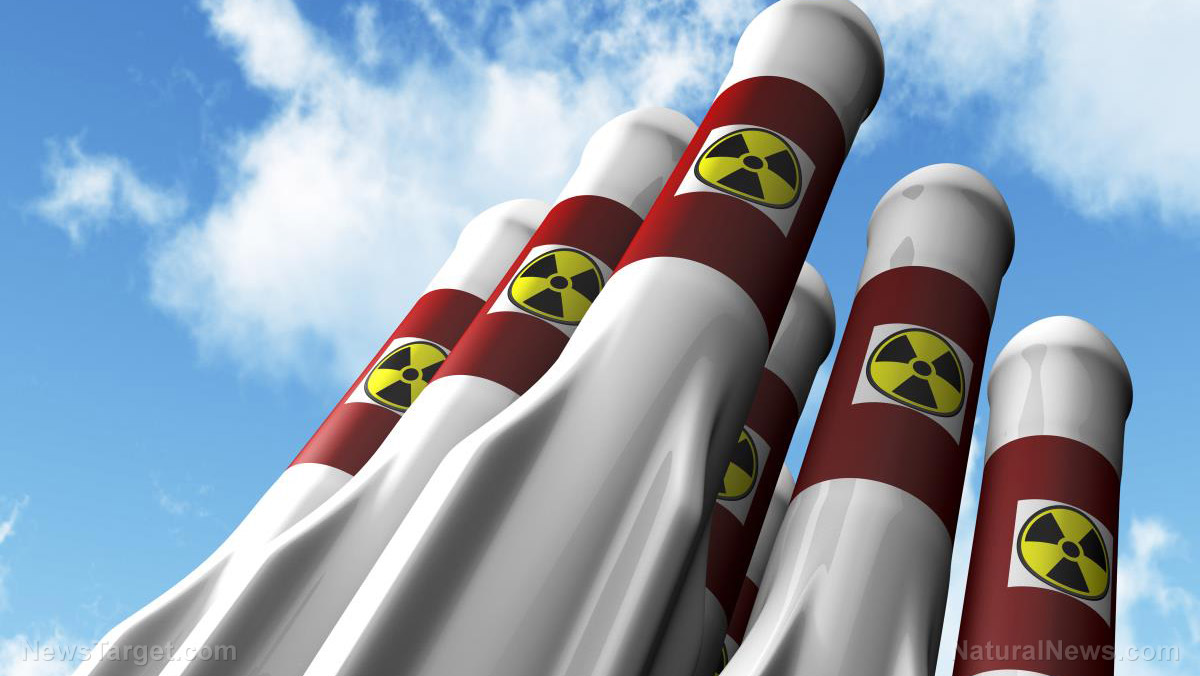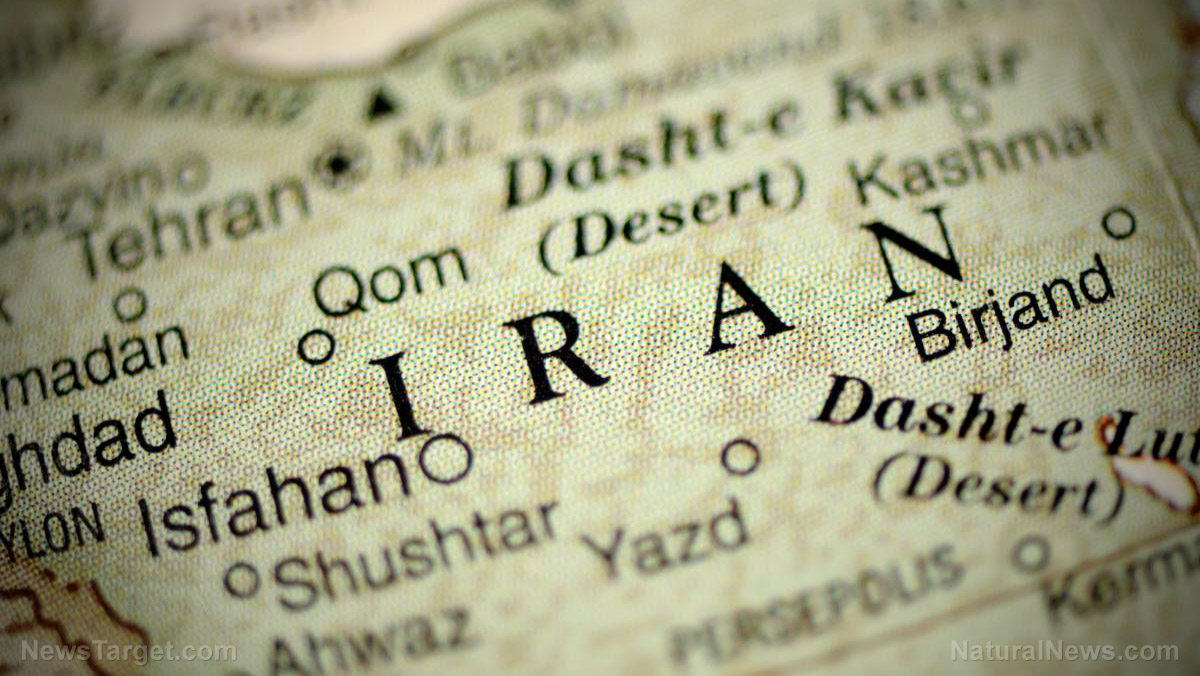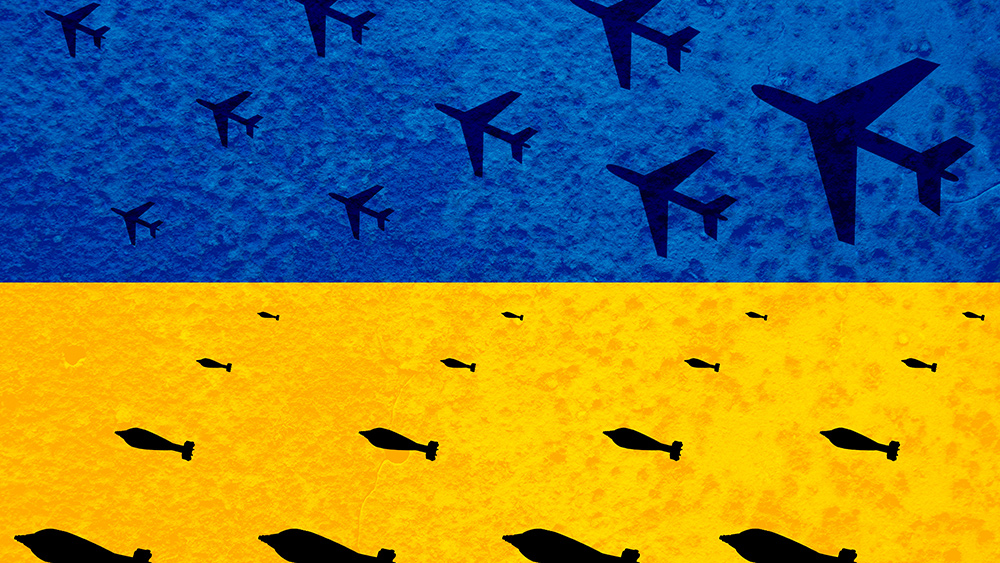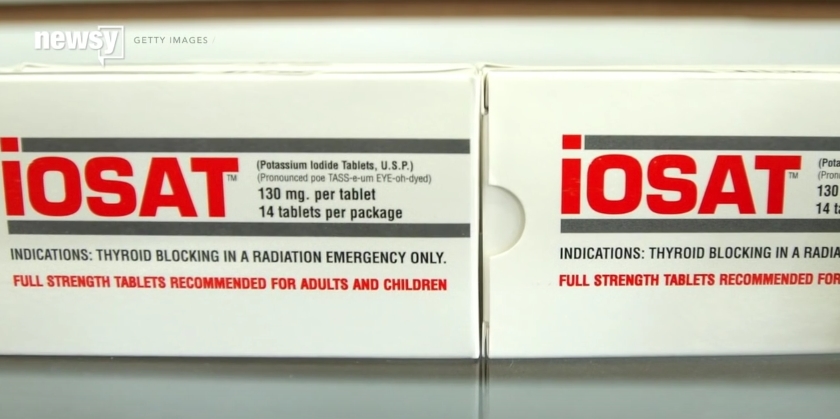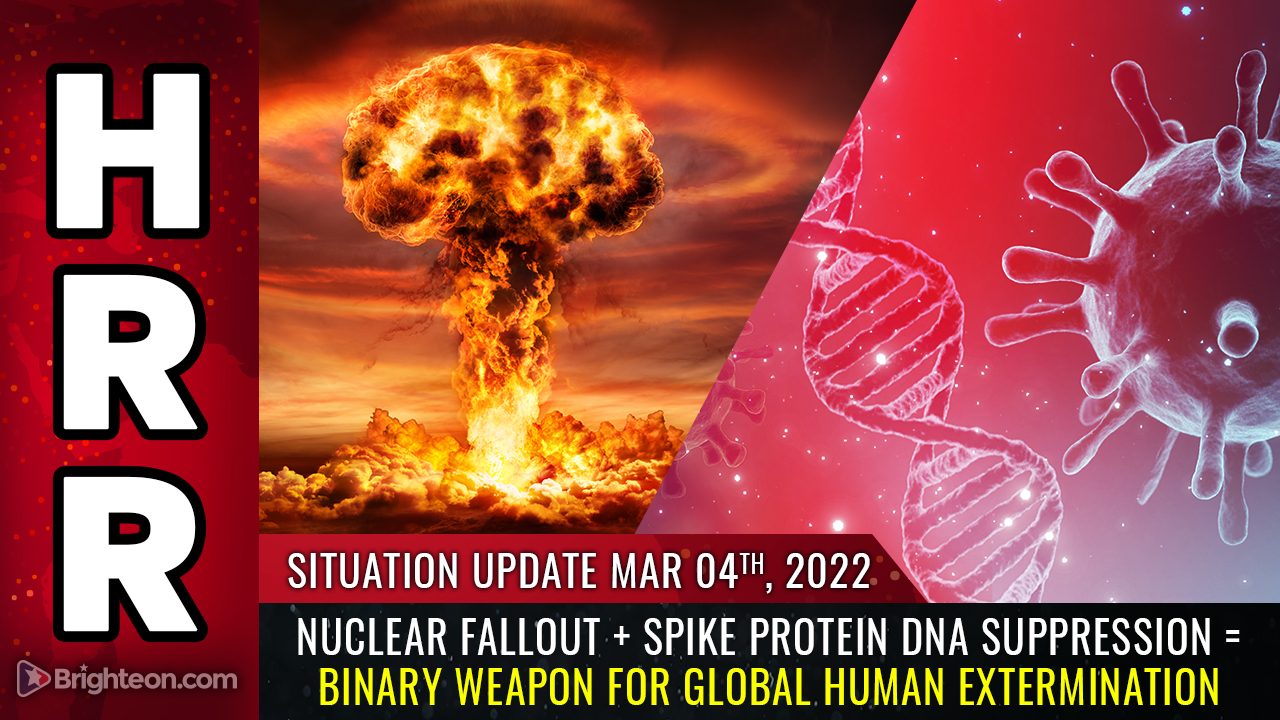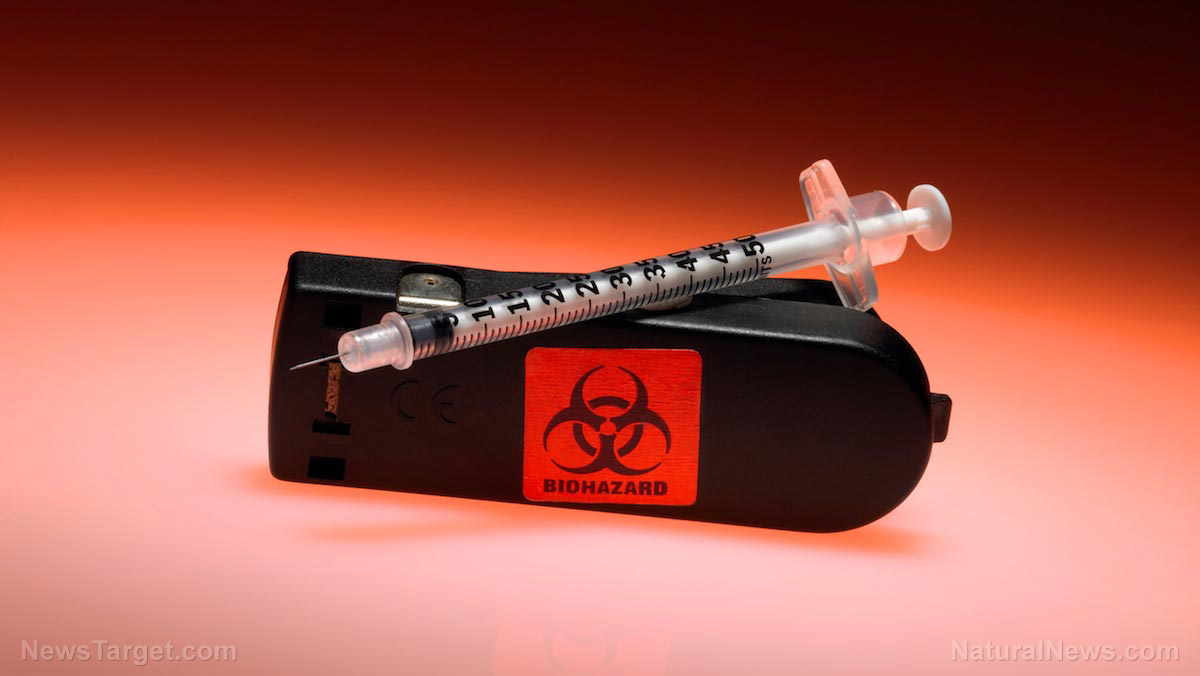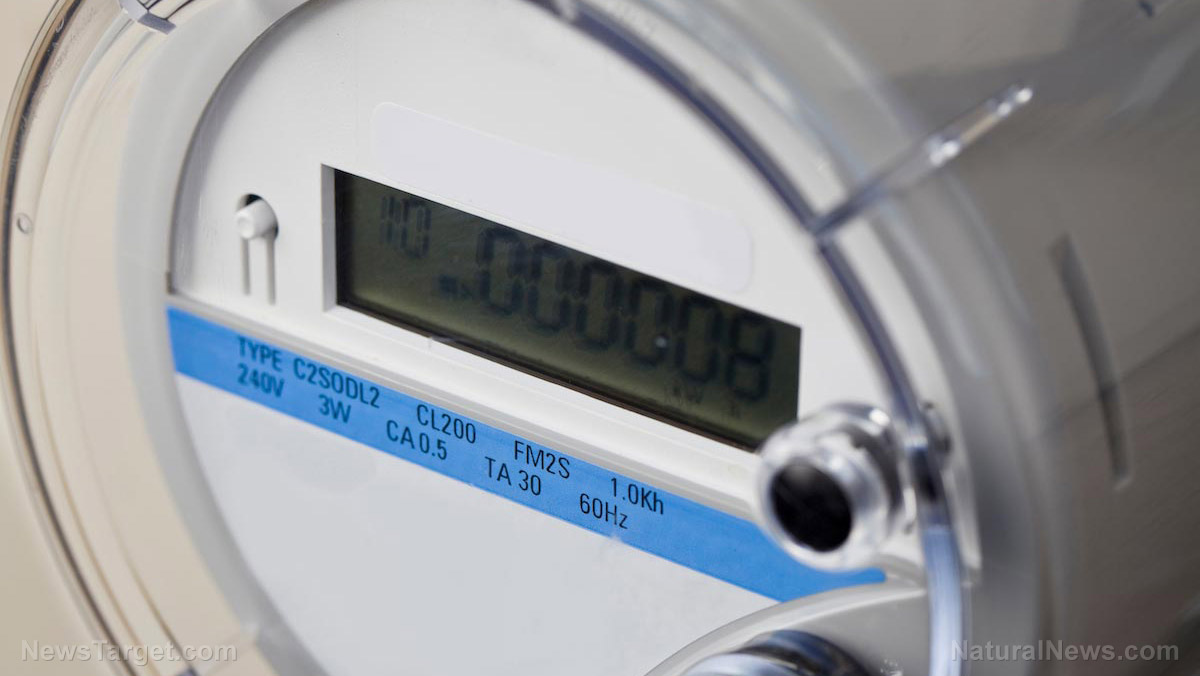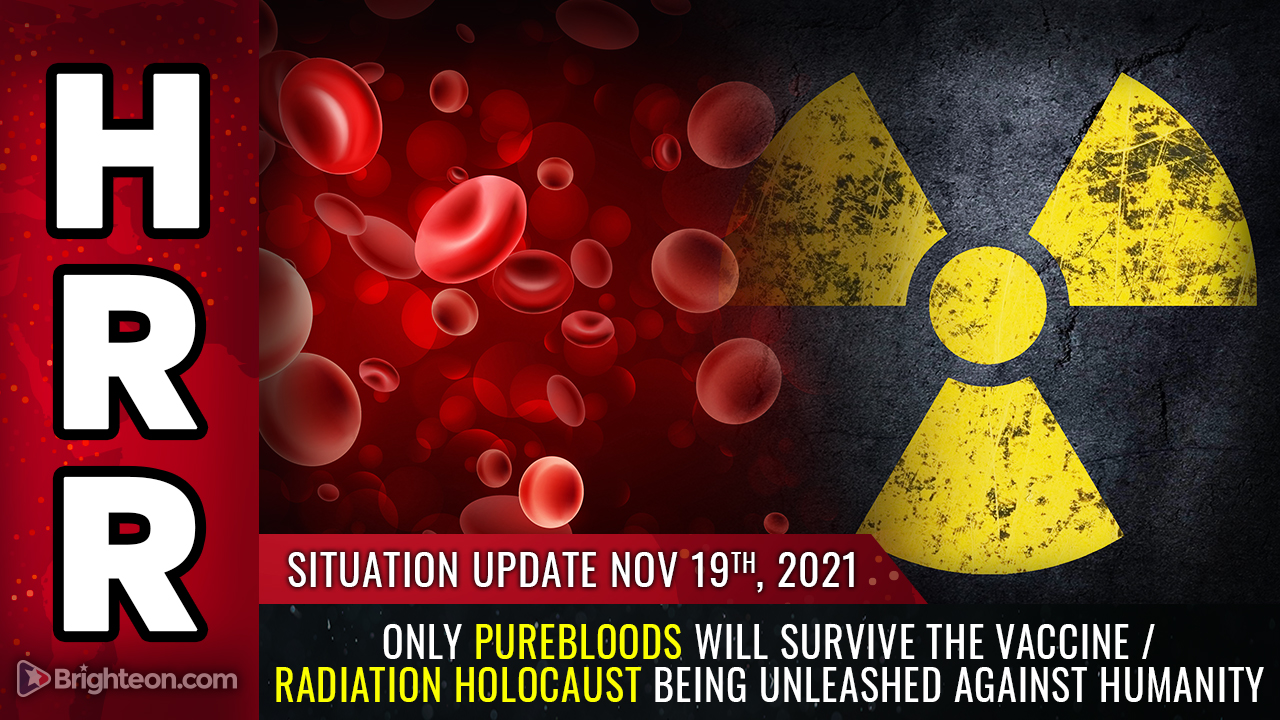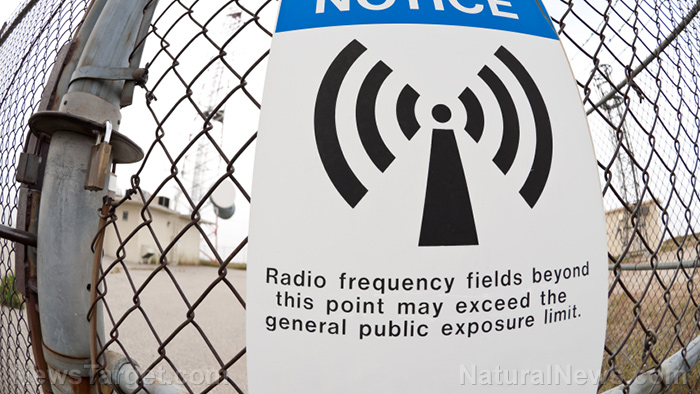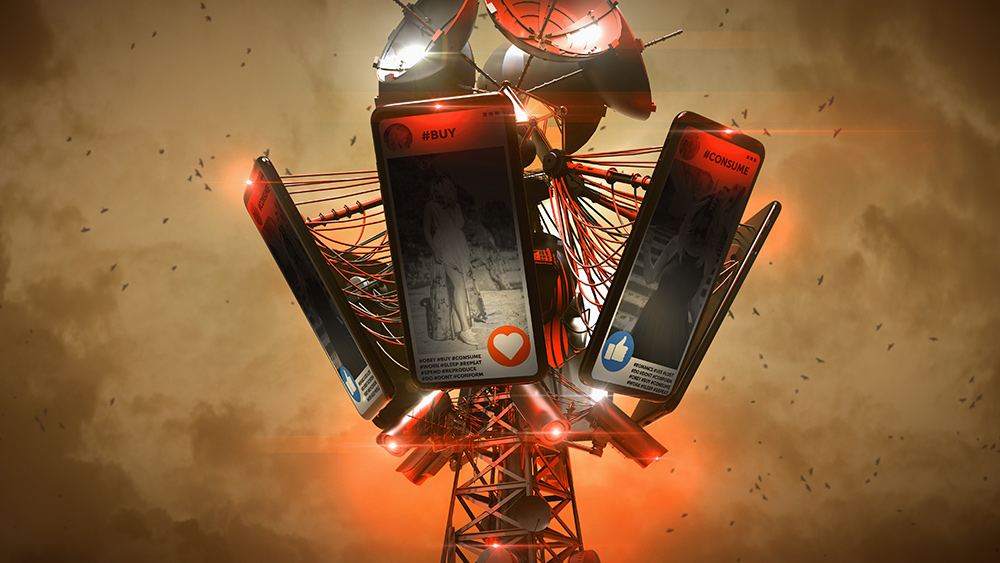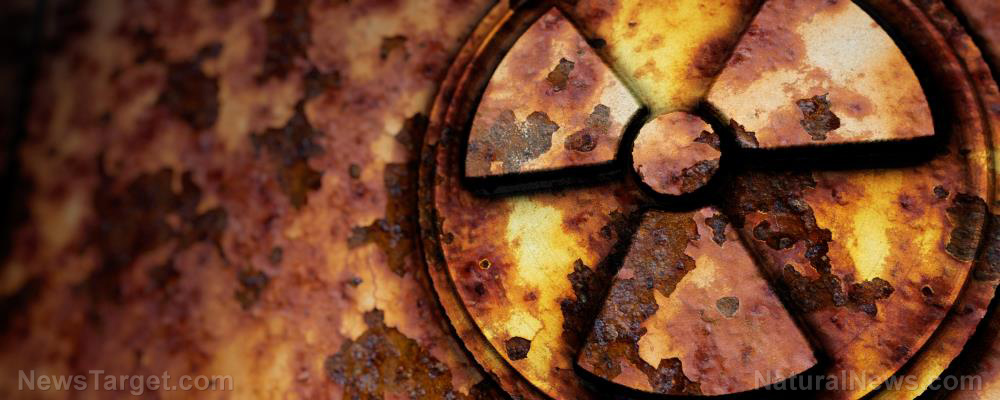Even regular people are now constructing bunkers due to fears of a nuclear war
03/17/2022 / By Mary Villareal

The recent threat of Russian nuclear warheads reaching across Europe has caused hysteria for constructing bunkers as fear spread across the continent.
Giulio Cavicchioli, the owner of company Minus Energie, which creates “ready to use” nuclear shelters, has gone from working on around 50 bunkers in the past 22 years, to fielding around 500 inquiries in two weeks.
“It’s a hysteria for construction of bunkers,” he said. “It’s much scarier now.”
It’s not only the wealthy or the preppers that are looking into bunkers.
Artemis Protection, the maker of prefabricated luxury bunkers with air-filtration systems, charges at least a half-million euros per shelter. However, the French company’s owner, Mathieu Seranne, said that they have started receiving tons of demand from “normal” people. In the past, only the “really wealthy” were interested in them.
“We had to change our whole commercial strategy,” he said. Artemis Protection is now selling stripped-down shelters that are much cheaper to “adapt” to the new demand.
Russia’s invasion of Ukraine has revived fears of a nuclear calamity in Europe for the first time in decades. With Europeans already on high alert against the Wuhan coronavirus (COVID-19) pandemic, the manifestations of their anxieties and desires for self-defense have shifted from masks, vaccines and lockdowns to bunkers, iodine pills and air raid sirens.
This threat of a nuclear war is permeating a new generation of European consciousness and is now prompting a new look at defense infrastructure, survival guides and fallout shelters.
“We are extremely concerned by the nuclear safety, security and safeguards risks caused by the Russian invasion of Ukraine,” the European Union said in a statement.
Hamish de Bretton-Gordon, former commander of the United Kingdom’s Chemical, Biological and Nuclear Defense Forces, said Europe had put the nuclear war to bed after the fall of the Soviet Union until “the madman invaded.”
He also said bunkers across Europe have fallen into disrepair and are now decayed. “We are completely unprepared,” he said. “But each day that it goes forward, it’s becoming more of a reality that actually this is something maybe we need to think about in some detail.”
Some countries are already prepared
Finland, which sits on Russia’s western border, has maintained high military readiness, regularly testing alarms and carrying on a “long tradition of preparedness,” as per the secretary-general for Finland’s Secretariat of the Security Committee, Petri Toivonen.
According to him, Finland has been continuously constructing shelters, adding that at the moment, it has the capacity to house four million people in 50,000 shelters. (Related: Keep prepping because the Government’s plan to survive nuclear war doesn’t include you.)
Russia’s annexation of Crimea also started a “total defense” strategy in Sweden that had eased after the fall of the Soviet Union. Now, the country’s Civil Contingencies Agency is testing its air-raid warning system and circulating Cold War-style precautionary pamphlets. The 20-page guide includes a checklist for basic supplies to get from the supermarket to survive while on the run or in a shelter.
Switzerland is also prepared. The country passed legislation requiring nuclear shelters in residential buildings in the 1960s.
These protective structures were designed to protect the population and to ensure the readiness of civil protection resources during an armed conflict, especially when weapons of mass destruction are involved. These shelters provide a basic form of protection against a wide range of direct and indirect arms impact and should be available for disasters and emergencies such as increased radioactivity, earthquakes or acute risk of an avalanche.
While these obligations were more recently softened, reinforced steel doors and gas filters or bunkers are familiar aspects in houses around the country. They also had over 350,000 communal bunkers, including one shelter on top of a Lucerne highway for 20,000 people, which could protect the entire population.
Other than bunkers, people are also seeking protection from iodine pills, which can help absorb radiation in the thyroid and help prevent cancer from exposure. (Related: Hundreds of families in South Dakota preparing for the end of the world in Manhattan-sized underground facility.)
Belgium is already meeting the sharp increase in demand with packs of pills free for those with a Belgian identity card. So far, the country’s pharmacies have distributed over 30,000 boxes. Demand has also increased in the Netherlands, Finland and Italy.
Follow WWIII.news for more updates on the Russia-Ukraine conflict and how it is effecting the rest of the world.
Watch the video below for more information about why people are finding the need to buy bunkers to prepare for a nuclear war.
Watch this video and more on the InfoWars channel on Brighteon.com.
More related stories:
Prepping tips: What you can learn from the rich on preparing for SHTF events.
World’s super-rich investing in luxurious “billionaire bunkers.”
The wealthy are going underground as luxury doomsday bunkers sprawl across Kansas.
Doomsday bunker business is booming due to growing plandemic rebellion.
Sources include:
Submit a correction >>
Tagged Under:
bunkers, chaos, disaster, emergency, Europe, European Union, Iodine Pills, nuclear war, off grid, panic, preparedness, protection, radiation, radioactivity, Russia-Ukraine conflict, self-defense, shelter, SHTF, survival, WWIII
This article may contain statements that reflect the opinion of the author
RECENT NEWS & ARTICLES
COPYRIGHT © 2022 NuclearSurvival.News
All content posted on this site is protected under Free Speech. NuclearSurvival.News is not responsible for content written by contributing authors. The information on this site is provided for educational and entertainment purposes only. It is not intended as a substitute for professional advice of any kind. NuclearSurvival.News assumes no responsibility for the use or misuse of this material. All trademarks, registered trademarks and service marks mentioned on this site are the property of their respective owners.

